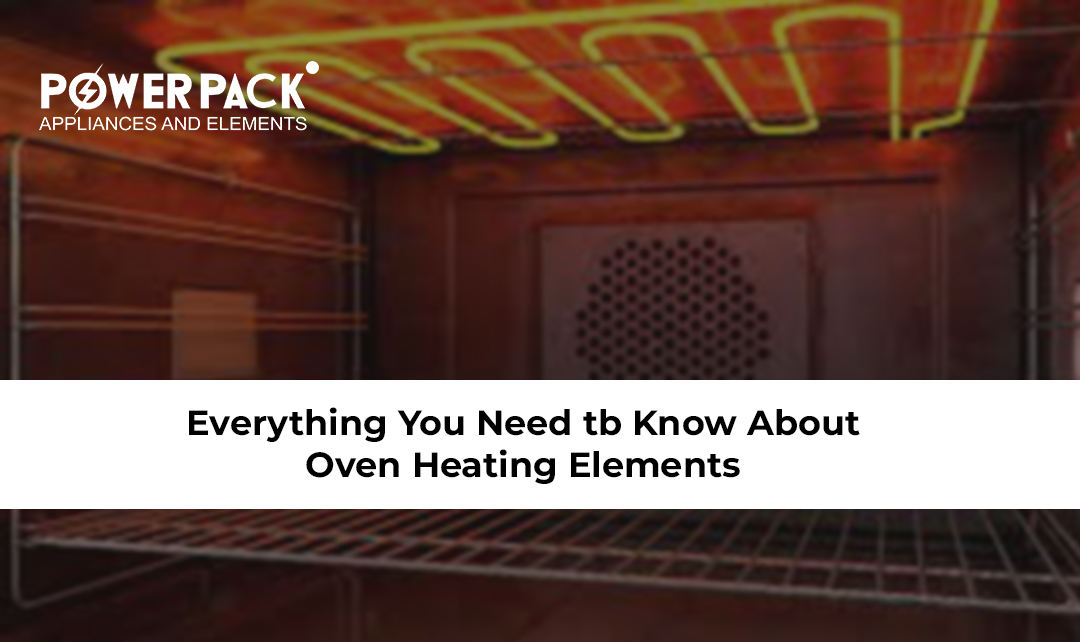
Introduction:
Heating element ovens are the unsung heroes behind every perfectly baked dish. Whether you're a professional chef or a home cook, understanding these essential components is crucial for achieving culinary success. In this blog post, we'll delve into the intricacies of heating elements in ovens, shedding light on their types, functions, maintenance, and more.
Types of Heating Elements:
Conventional Heating Elements:
Traditional ovens typically feature either a bake or broil element. The bake element is located at the bottom, while the broil element is at the top. Together, they work to distribute heat for baking and broiling evenly.
Hidden Bake Elements:
Modern ovens often come equipped with hidden bake elements beneath the oven floor. This design not only facilitates easy cleaning but also ensures a more consistent temperature distribution.
Convection Heating Elements:
Convection ovens boast an additional fan and a third heating element. This fan helps circulate hot air throughout the oven, promoting even cooking and browning.
Functions of Oven Heating Elements:
Bake Element:
The bake element produces the consistent, radiant heat necessary for baking. When you set your oven to bake, this element heats up, creating the ideal temperature for your recipes.
Broil Element:
The broil element, located at the top of the oven, generates intense heat suitable for broiling meats and achieving a golden finish on dishes. It operates at a higher temperature than the baked element.
Convection Element:
In convection ovens, the convection element works with the fan to circulate hot air. This constant movement of air speeds up cooking times and ensures uniform heat distribution.
Maintenance Tips:
Regular Cleaning:
Keep the heating elements clean to prevent the buildup of food residues. For hidden bake elements, refer to your oven's manual for proper cleaning instructions.
Inspection for Damage:
Periodically inspect the heating elements for any signs of damage, such as cracks or breaks. Damaged elements can compromise the oven's performance and may need to be replaced.
Correct Usage:
Follow the manufacturer's guidelines for oven usage. Avoid using abrasive materials or harsh chemicals when cleaning, as these can damage the heating elements.
Choosing the Right Replacement:
When it comes to replacing oven heating elements, it's crucial to choose the right type and model compatible with your appliance. Consult the manufacturer's recommendations or seek professional advice to ensure a seamless replacement process.
Conclusion:
Understanding the nuances of oven heating elements is key to mastering the art of baking and cooking. Whether you have a conventional or convection oven, Powerpack Electricals provides reliable heating elements to keep your appliance running efficiently. Take the time to care for and maintain your oven's heating elements, and you'll be rewarded with consistently delicious results in every dish.